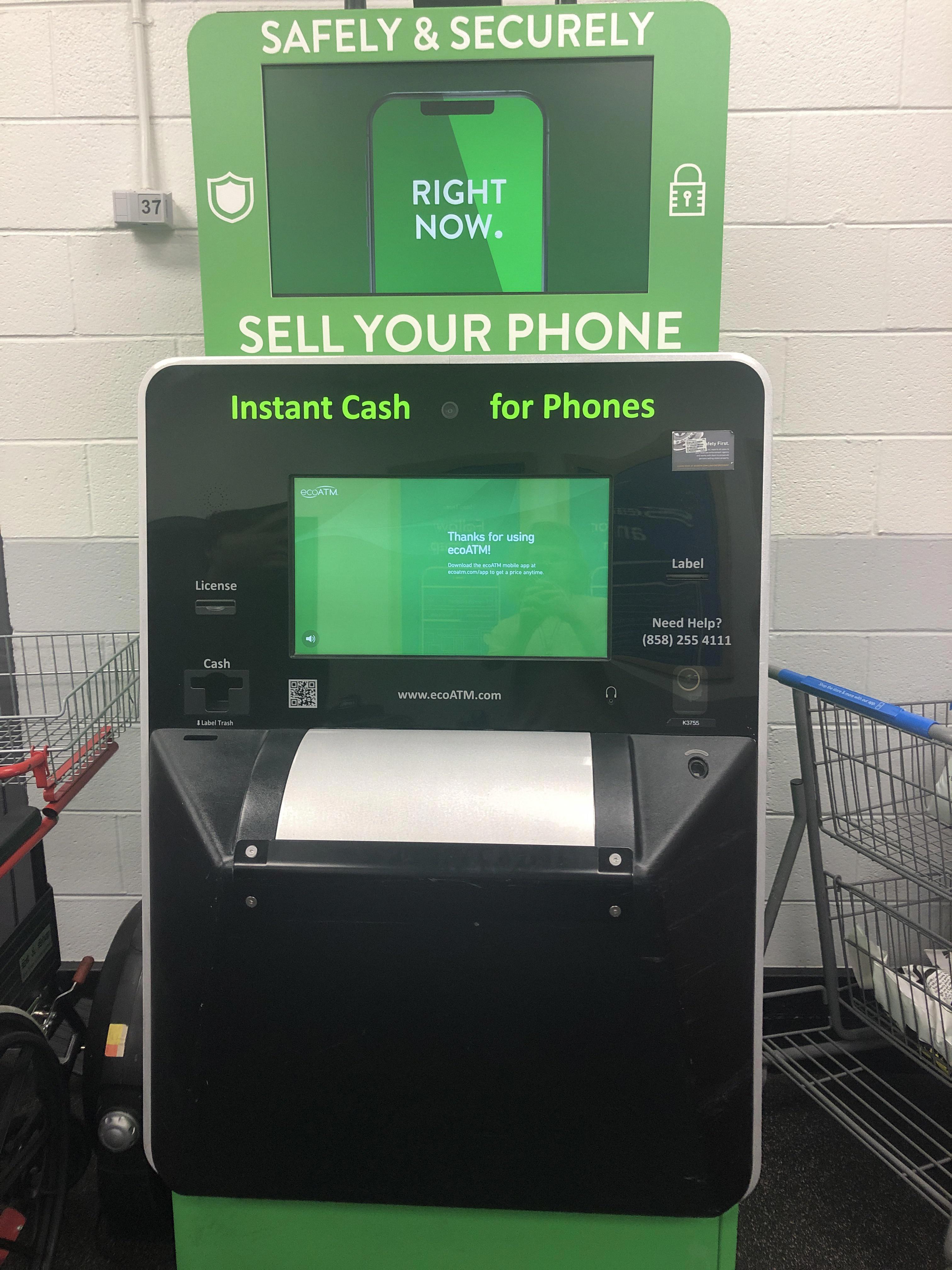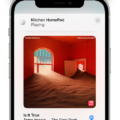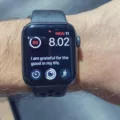Radio has been a beloved form of entertainment for decades, providing us with music, news, and talk shows. With the advancement of technology, we now have the convenience of listening to radio on our smartphones, such as the iPhone. But what if you want to listen to radio without using data? Is it possible? Let’s explore the options.
Most smartphones, including the iPhone, do not come with a built-in FM radio receiver. Instead, they rely on internet connectivity to stream radio through apps. However, some Android phones do have an FM chip that allows you to receive local FM signals without an internet connection. Unfortunately, this is not a common feature on iPhones.
So, if you’re an iPhone user who wants to listen to radio without using data, your best bet is to rely on apps that offer offline listening. One such app is Apple Music. With Apple Music, you can listen to radio stations like Apple Music 1, Apple Music Hits, or Apple Music Country without needing a subscription. Simply tap on the Radio tab in the Apple Music app and choose one of the currently playing radio stations. It’s worth noting that Apple Music radio stations are live radio, so you won’t be able to rewind or skip songs.
Another option is to download radio apps that allow you to pre-download radio shows or podcasts for offline listening. Apps like TuneIn and iHeartRadio offer this feature, allowing you to save your favorite radio shows or podcasts to your device and listen to them later without an internet connection. Keep in mind that not all radio stations or shows may be available for offline listening, so you’ll need to check the specific app for availability.
If you’re looking for a more traditional radio experience, you can consider purchasing an FM radio receiver accessory for your iPhone. These accessories connect to your device through the lightning port or headphone jack and allow you to tune in to local FM stations. This way, you can listen to radio without using any data or internet connection. However, it’s important to note that these accessories are not widely available and may require additional research to find a compatible option.
While listening to radio on an iPhone without data can be a bit challenging, there are still options available. You can use apps like Apple Music, TuneIn, or iHeartRadio that offer offline listening capabilities or consider purchasing an FM radio receiver accessory for a more traditional radio experience. Explore these options and find the one that suits your preferences and needs. Happy listening!
Is Apple Radio Free?
Apple radio is free to listen to. You can enjoy Apple Music radio stations such as Apple Music 1, Apple Music Hits, and Apple Music Country without a subscription. Simply open the Music app on your iPhone and tap on the “Radio” tab. From there, you can choose one of the currently playing radio stations and start listening.
It’s important to note that Apple Music radio stations are live radio, so you won’t be able to rewind or skip songs. However, you can still enjoy a wide variety of music and discover new artists through these radio stations.

Does IPhone Have Offline Radio?
The iPhone does not have an offline radio feature. Unlike some Android phones that have an FM chip, the iPhone does not include a physical FM radio receiver. This means that you cannot receive local FM signals on an iPhone without an internet connection.
Does Radio Use Data On IPhone?
Listening to radio on an iPhone does consume data. When streaming a radio station through apps like TuneIn, data is used to transmit the audio content to your device. The amount of data consumed depends on the quality of the stream, with higher quality streams using more data.
Typically, a standard 128kbps radio stream on a smartphone consumes approximately 60MB of data per hour. This means that if you listen to a radio stream at this bitrate for an hour on your iPhone, it will consume around 60MB of your data allowance.
It’s worth noting that the actual data usage may vary depending on the app and the specific streaming settings. Some apps may allow you to adjust the audio quality to reduce data consumption. Additionally, if you are using a Wi-Fi connection instead of cellular data, the data usage will be deducted from your Wi-Fi allowance, not your cellular data plan.
To summarize, streaming radio on an iPhone does consume data, and the amount of data used depends on the stream quality and duration of listening. It’s important to be aware of your data usage if you have limited data allowance or are concerned about exceeding your data plan.
Does FM Work Without Internet?
FM (Frequency Modulation) radio works without the need for an internet connection. It relies on radio waves to transmit audio signals from radio stations to receivers. FM radio signals are broadcast over the airwaves and can be received by FM receivers, such as those found in smartphones, car radios, and portable radios.
To listen to FM radio on your Android device, you typically need to have a built-in FM receiver or download a compatible FM radio app. Once you have the necessary hardware or app, you can listen to FM radio stations without the need for an internet connection.
It’s important to note that FM radio signals have a limited range and can only be received within a certain radius from the broadcasting station. The range depends on various factors, including the power of the broadcasting station and any obstacles that may interfere with the signal.
To access FM radio on an Android device, follow these steps:
1. Ensure that your device has a built-in FM receiver or download a compatible FM radio app from the Google Play Store.
2. Connect a pair of wired headphones to your device. This is often necessary as headphones act as an antenna to improve signal reception.
3. Open the FM radio app or the pre-installed FM radio app on your device.
4. If required, plug in your headphones and make sure they are properly connected.
5. Follow the instructions provided by the app or navigate through the app’s interface to search for available FM radio stations.
6. Once you find a station you want to listen to, select it, and the app should start playing the audio from that station.
Please note that the exact steps may vary depending on the specific device and FM radio app you are using. It’s also worth mentioning that some devices may require you to activate the FM receiver functionality by going through specific settings or menus.
Benefits of FM radio without internet:
– No data usage: Listening to FM radio does not consume any mobile data or require an internet connection. This can be beneficial for users with limited data plans or when internet connectivity is not available.
– Real-time content: FM radio provides real-time audio content, such as news, music, and talk shows, without any buffering or delays commonly associated with streaming services.
– Local stations: FM radio allows you to tune in to local radio stations, providing access to regional news, events, and community-specific content.
FM radio can work without an internet connection. By accessing a built-in FM receiver or using a compatible FM radio app on your Android device, you can enjoy a wide range of radio stations and content without relying on the internet.
Conclusion
Radio remains a popular and convenient medium for listening to music and staying updated with news and entertainment. With advancements in technology, we now have various options for accessing radio stations, including traditional FM receivers, internet streaming services, and smartphone apps.
Apple Music radio, for instance, offers a range of live radio stations such as Apple Music 1, Apple Music Hits, and Apple Music Country. These stations can be accessed on the iPhone by simply tapping on the Radio tab and selecting the desired station. It’s important to note that no subscription is required for these stations, making them accessible to all users.
While most smartphones, including iPhones, do not come with a physical FM radio, there are some Android phones that have an FM chip for receiving local FM signals without an internet connection. However, this feature is not common among smartphones.
When it comes to data consumption, streaming radio on a smartphone can use up a significant amount of data. For example, listening to a standard 128kbps radio stream for an hour can consume approximately 60MB of data. It’s essential to keep this in mind and monitor data usage if you are relying on streaming radio.
Radio remains a versatile and accessible medium for enjoying music and staying informed. Whether you prefer traditional FM radio or digital streaming services, there are options available to suit your preferences and needs.








